84 Years After WWII: The Timeless Message of the Victory Garden Endures
Yesterday, I was chatting with my mom on a video call. She was really happy talking about her new projects. Interestingly, we both are working on a similar goal: starting organic gardens for better health. My parents are very into it and are putting in a lot of effort. During our talk, she shared a YouTube video with me. It was about permaculture in Brazil. What caught my attention was not just farming tips but ideas on how people can make extra money using natural resources around them, without spending much. The video had many great ideas I agree with: like being proactive, not just complaining, looking for answers, and focusing on learning the right things. But there was one part that stood out. They talked about the Victory Garden in the US during World War II. It was surprising to learn how the government asked people to grow their own food to support the war effort. What struck me most wasn’t just the video or how people responded, but how relevant the information still is today. You can check out one of the original videos below.
Guilherme Oliveira
9/28/20234 min read

A Historical Perspective
During World War II, in a climate of global uncertainty, the Victory Gardens emerged as symbols of hope and resilience. These gardens represented more than just cultivation—it was about securing the future during turbulent times.


Economic Liberation: Today's Potential Savings
In current times, families in the U.S. spend an average of $4,500 on groceries annually [1]. The potential for substantial savings by growing food at home is evident. Today, the U.S. imports about 15% of its food [2]. By focusing on local production, we can shield ourselves from global economic uncertainties. Reflecting on our modern transportation infrastructure, vast sums, notably a staggering $52 billion [3], are spent annually on moving goods, a significant portion of which is food. By taking charge of our own food production, we can tap into these savings.


Health and Wellness: Modern Insights
Today's organic home-grown produce is known to contain up to 40% more antioxidants than their store-bought counterparts [4]. Beyond these nutritional benefits, modern studies have shown that the act of gardening can reduce the risk of heart issues by a considerable 27% [5].
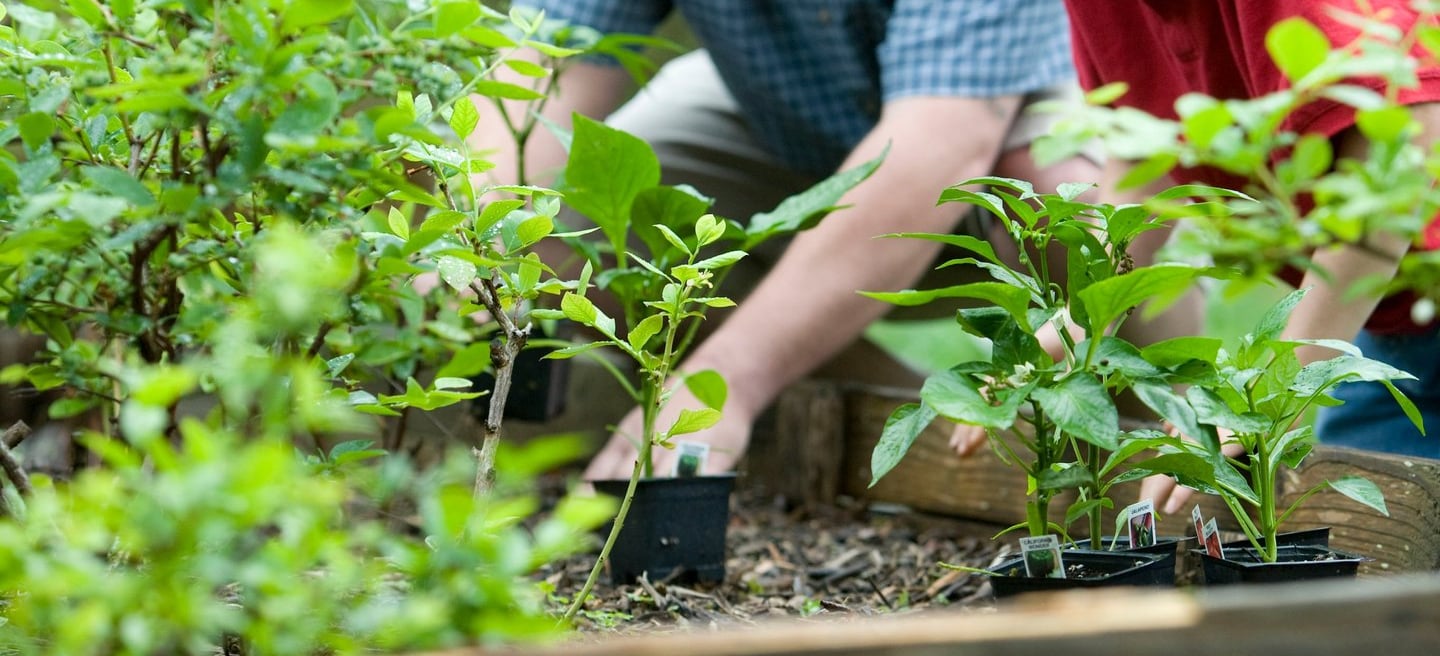

Dreams Manifested: A Timeless Proposition
Both during the times of WWII and today, Victory Gardens symbolize a path to a more self-reliant life—a life of empowerment and control. Imagine a present where your plot of land becomes more than just a garden, but a strategic investment towards achieving dreams like home ownership or financial independence.

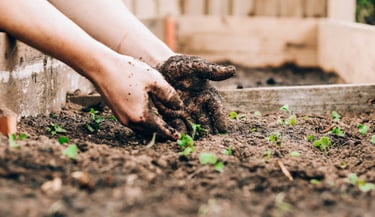
Community Building: A Continual Legacy
The gardens of WWII united neighborhoods under a shared goal. Fast-forward to the present, and they continue to offer opportunities for building connections, fostering collaborations, and creating tight-knit communities.


Minimizing Food Waste: The Hidden Benefits
One of the unsung advantages of growing your own produce is the significant reduction in food waste.
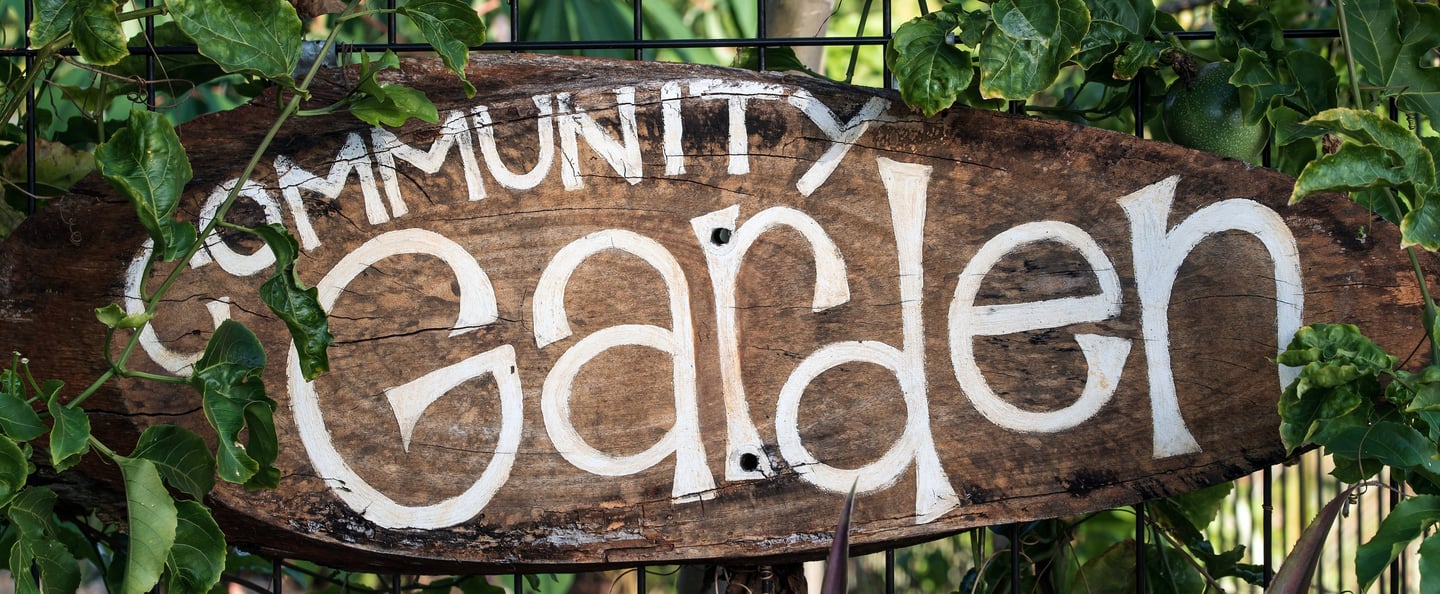

Waste from Transportation:
When food travels long distances, a portion inevitably spoils or gets damaged during transit. According to the Natural Resources Defense Council (NRDC), transportation-related damages contribute to a significant percentage of total food waste [6].


Pesticides and Quality Control
Store-bought produce often undergoes rigorous cosmetic standards. Fruits and vegetables that are perfectly edible but don't meet these visual criteria often end up discarded. By growing your own food, you bypass these superficial standards, ensuring that every piece of produce, regardless of its shape or appearance, gets utilized. Furthermore, home-grown foods often require fewer pesticides, reducing the intake of harmful chemicals while also curbing waste from products deemed "too contaminated" for sale [6].
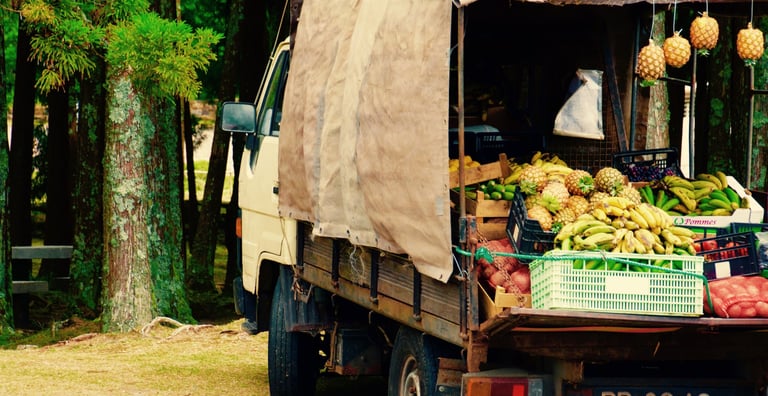

Rejecting the "Perfect" Produce Paradigm:
It's estimated that about 20% of fruits and vegetables grown on farms never make it to grocery stores because they aren't visually appealing [6]. With your own garden, there's no pressure to conform to these arbitrary standards, ensuring that every produce, no matter its shape or size, is valued and consumed.


Conclusion:
Victory Gardens are more than just patches of green in our backyards; they're transformative opportunities. With today's accessible resources, cultivating these gardens can pave the way for a new career or provide an additional stream of income. As land becomes increasingly affordable, embracing this sustainable approach to living not only benefits our health and pockets but also opens the doors to property ownership and long-term investment.
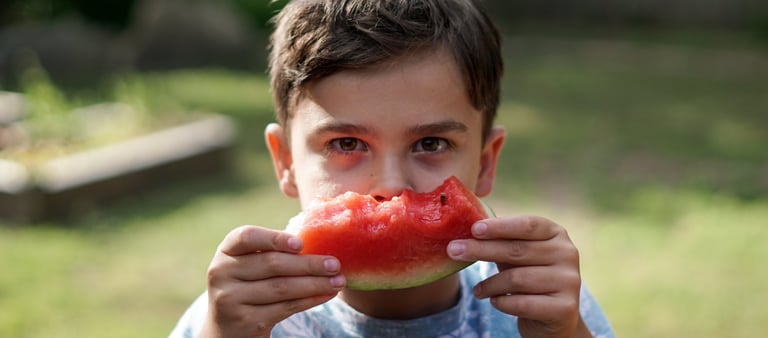

A Thought for You:
Have you ever imagined the power and potential of owning a piece of land? What dreams and opportunities could it unlock for you?

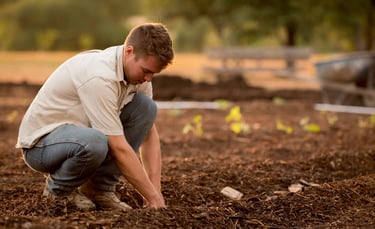
References:
[1]: [U.S. Bureau of Labor Statistics, 2020](https://www.bls.gov/)
[2]: [U.S. Food and Drug Administration, 2020](https://www.fda.gov/)
[3]: [Bureau of Transportation Statistics, 2020](https://www.bts.gov/)
[4]: [Newcastle University Study, 2014](https://www.ncl.ac.uk/press/articles/archive/2015/02/organicvsnon-organicfood/)
[5]: [British Journal of Sports Medicine, 2016](https://bjsm.bmj.com/)
[6]: [Natural Resources Defense Council, 2012](https://www.nrdc.org/sites/default/files/wasted-food-IP.pdf)
(346) 440-2424
guilherme@syguima.com
3200 Wilcrest Drive, Suite 170 # 243, Houston, TX 77042
